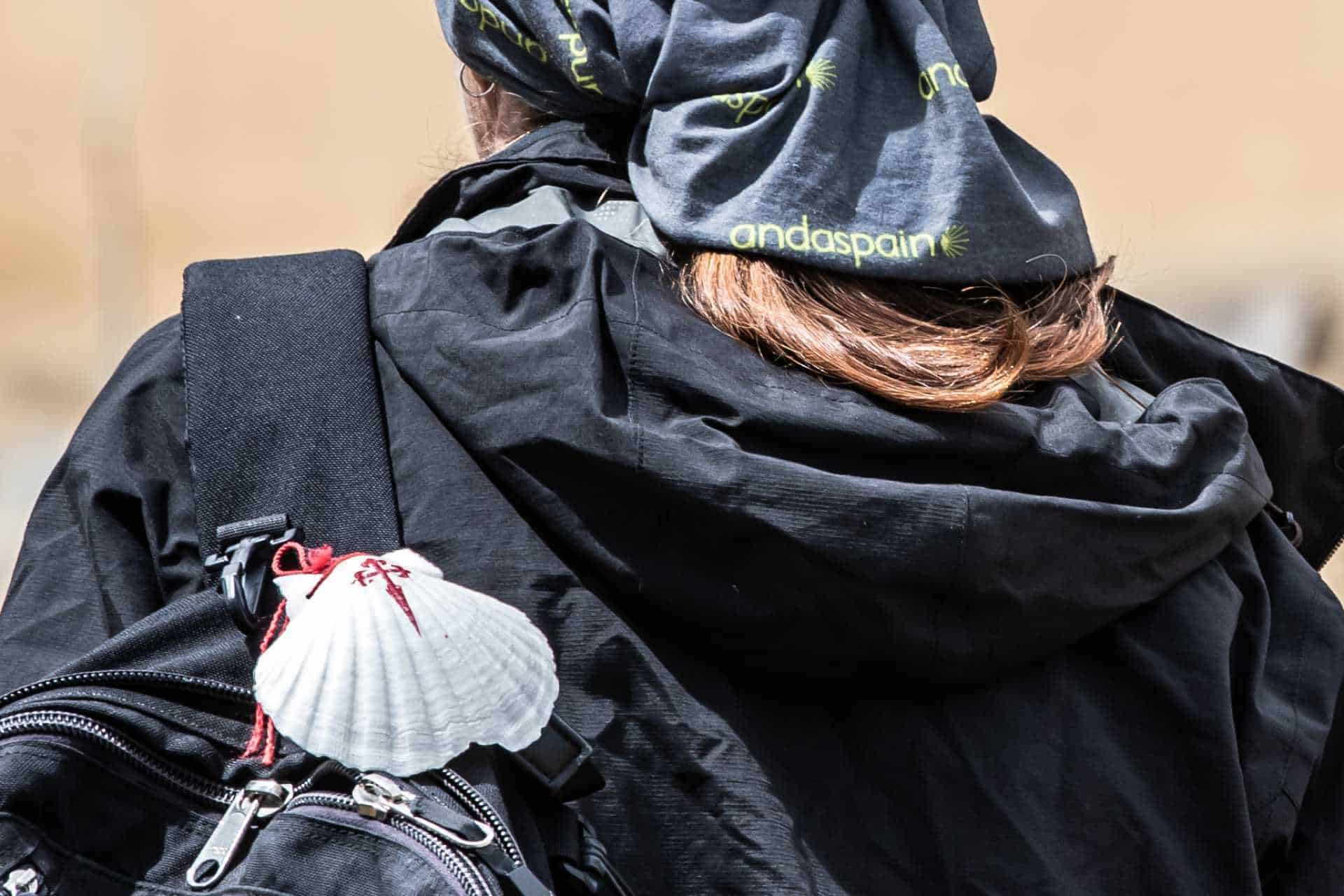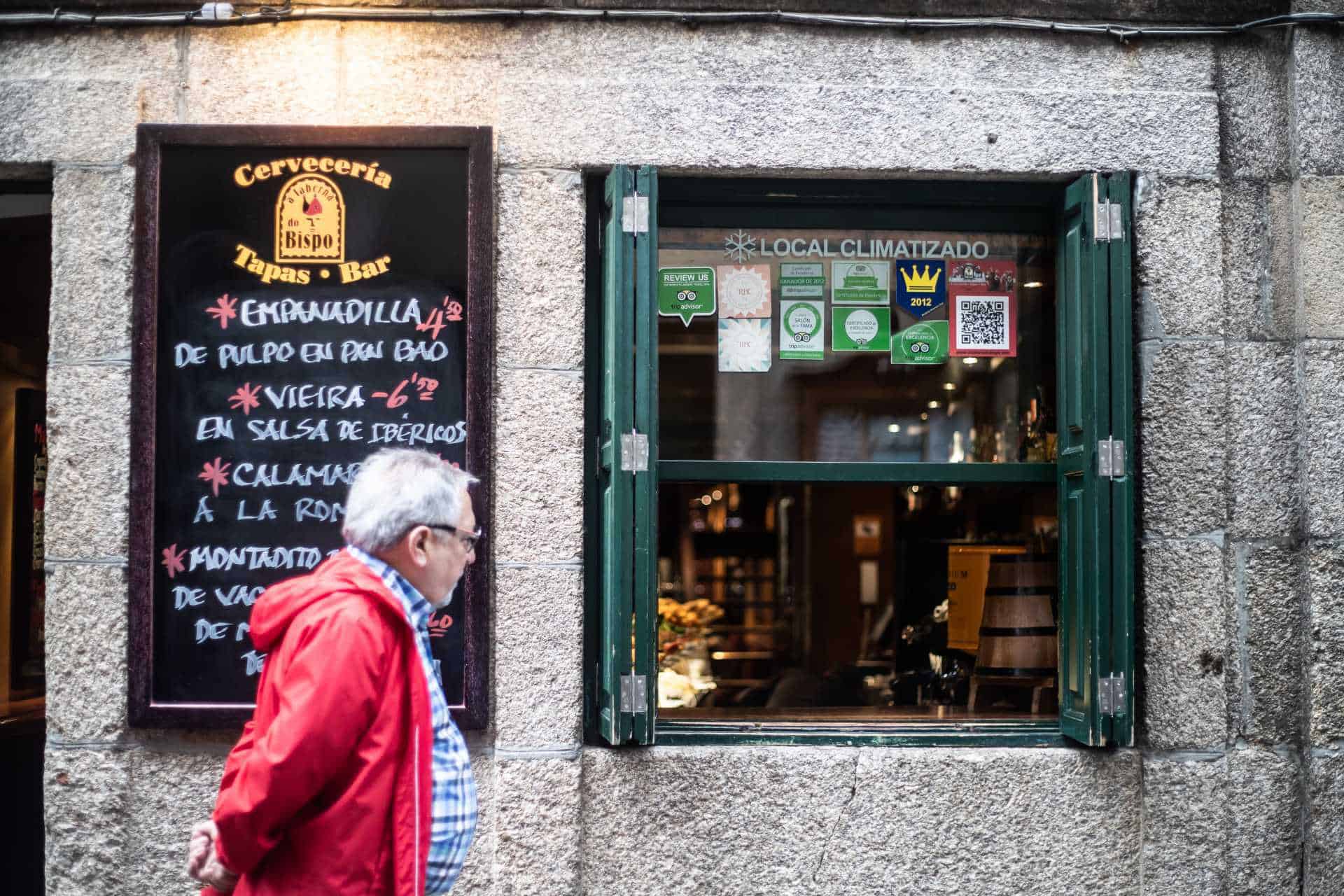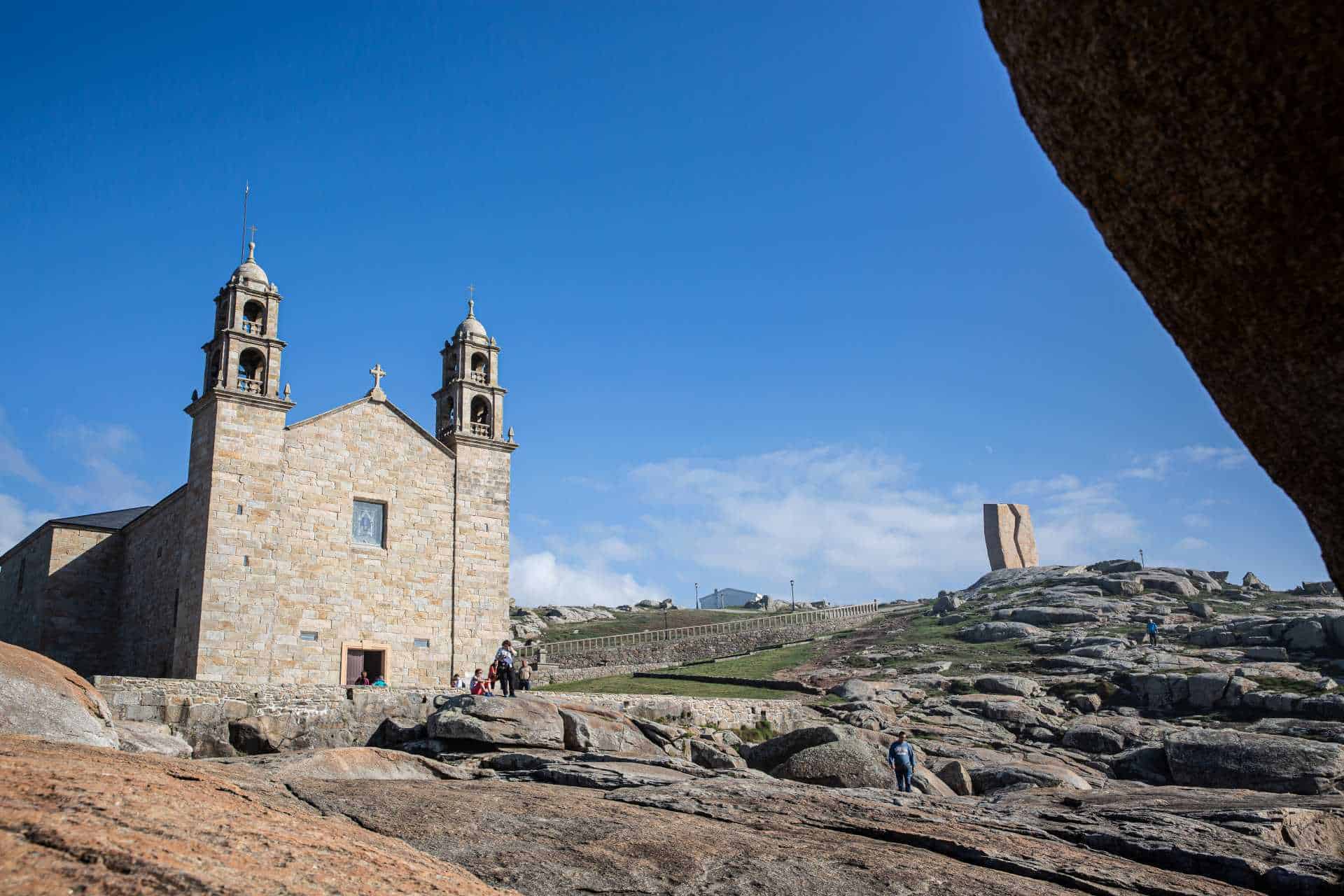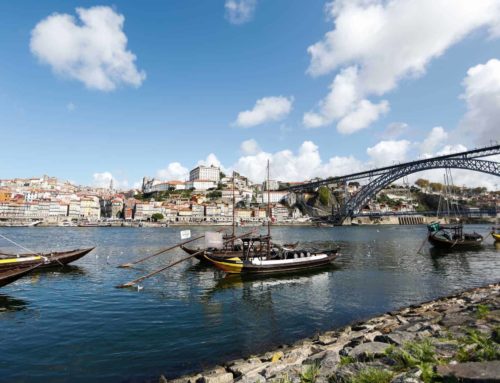Santiago de Compostela – after the Way
You arrived! You made it to Plaza de Obradoiro. You took off your heavy backpack and danced the dance of joy in front of Santiago’s majestic Cathedral. You rejoiced with selfies, champagne and maybe a few tears of emotion. You join in for a celebratory meal with your pilgrim family. Your journey, long or longer, has been completed and now your blisters may finally rest in peace. Congratulations.
Now what? Your plane out of Santiago isn’t for another few days, but without the rigorous walking schedule, you might feel at a bit of a loss. Here’s some suggestions on how to keep busy and enjoy the small and beautiful town of Santiago de Compostela.
Museums
If you’re going to stick to the tourist to-do list, Santiago’s great variety of museums is a great way to go. Plus, they keep you dry on a rainy day. An unmissable museum is the Museo doCatedral; a collection of history and artefacts located right next to the Cathedral.
The audio guide provides a semi-fictional, semi-factual tour of the exhibitions. A real-life English- speaking guide will also bring to life the collections of statues, relics and slightly misshapen tapestries located in the different rooms. On all of our fully-guided tours, we finish our Camino adventure with a private guided tour of the Santiago de Compostela Cathedral and the Museum.
Continuing on the theme of our much beloved Camino, the Museum of Pilgrimage and Santiago is located just around the corner from the main square. It offers a virtual voyage through time following the Way you have just completed – but shown through the eyes of a medieval pilgrim. Discover what it might have been like to accomplish this journey hundreds of years ago, and the way the city of Santiago has been shaped by the pilgrimage. As a bonus, the museum often has cool photography exhibitions, most often related to the Camino.
Looking for a change of scenery? Head to the Museum of Modern Arts – an unexpected find within such a small town but which holds a few rooms of interesting modern art. Artistic minds will appreciate the spectacular architecture encompassing the exhibition rooms themselves.
Just across the road you will also find the Museo do Pobo Galego, the Galician folk museum. Unfortunately, not all of it is translated into English, but even Spanish beginners will appreciate the collection of artefacts from tiny Galician fishing towns and the model horreos. Here too, you will find art exhibitions from Galician artists.

Go for a walk
If your feet are feeling just fine and those boots were made for walking, Santiago is a great place to just wander around. Spend some time strolling around its beautiful, stone streets – all pedestrian – before moving on to the outskirts of the city. Here we will find some excellent, leisurely walks to stretch out your legs.
Museum lovers might want to walk along the Rio Sarela towards the City of Culture, the giant glass ensemble you walked by as you came into Santiago (you probably said, “What the heck is that?!”). The walk is surprisingly gentle, as the path along the stream is flat and then zigzags up the hill. If you follow the stream the other way, you would complete a small circuit through some gorgeous fields and woods. For more of a challenge, and great views, head for the antenna, visible from all of Santiago, at the top of Monte Pedroso, starting in Parque Galeras.
Santiago is also surrounded by enchanting parks, perfect places to lie in the sun and read a book. Some of our favourites are the central Alameda Park (don’t forget to say hi to the two Marias); Belvis Park, located between the pilgrim’s hostal and the market; and Bonaval Park, hidden away behind the Galician Folk Museum but hosting spectacular views of the sun setting over the Cathedral. It’s possible to walk a loop around all of these parks – ask for a map of Santiago to plan your own little tour around the city’s green havens.

Eat
You might have guessed by now that one of Andaspain’s favourite activities is to indulge in incredible Spanish food. If you’re walking with us, we have a map of our favourite locations in Santiago and our guides can give you more recommendations. Santiago’s streets are lined with excellent bars and restaurants, making it hard for us to pick out just a few.
The Abastos Market is a must-see and a great place to start. No matter if you’re shopping for your own picnic or for some souvenirs to take home, you’ll enjoy the sight of fresh fruit and veg stacked against every wall.
Tapas are widely available in Santiago and often come for free with your drink. La Tita is one of the most famous, thanks to its copious portions of runny tortilla. In other bars, you may also sample cheese, olives or in some places, even seafood or small portions of paella or empanada. Tuck in – and if you’re still peckish, order another drink!
For those who, like me, have a sweet tooth, the Casino is a cosy place to hide away for the afternoon with a book. This café, along with the café at the Hostel de los Reyes on the main square, is a historical landmark in town. It’s an experience as well as a good place for a coffee. Order thick Spanish hot chocolate and go for one of their delicious cakes – you’ve just completed a pilgrimage after all!

Day trips
If you booked a week in between your arrival in Santiago and your flight out – good for you! Santiago holds many wonderful surprises and is a great place to relax and take in the Spanish lifestyle. However, if you get bored, the province of Galicia is also an incredible place to spend a few more days.
Hop on the train and head to Ourense – here you can treat your muscles to a relaxing time in the great thermal baths. A Coruna and Vigo are also accessible by train and are much bigger cities than Santiago. From Vigo you could take the ferry to the renowned Islas Cies, paradisiac islands with fantastic wildlife.
A Coruna is famed for being directly on the coast, which you can walk along until you reach Hercules’s Tower, the oldest working Roman lighthouse. Pontevedra is also just a thirty minute ride and its pedestrian stone streets will no doubt remind you of Santiago. (Or you can later visit Pontevedra on Andaspain’s Camino Portuguese Tour!)
If you’re renting a car, Galicia is full of opportunities. Why not drive to the coast? Galicia boasts some extraordinary sandy beaches, usually close by to some seafood, too. One such beach is Playa de Carnota, a wondrous expanse of usually uncrowded coast where you can soak up the sun. Or, if you have more time, head up north to the incredible Playa de los Catedrales, a beach dotted with amazing sandstone arches (make sure to check the tides as these are not always accessible and you will need to buy a ticket in advance at busy times!).
Fisterra and Muxia are also great destinations, easy to drive to if you don’t want to hop on a tour. Although they are traditionally part of the pilgrim experience, they are also beautiful locations on their own. There are many hidden beaches along the way and an impressive lighthouse on the final cliff at Fisterra. Muxia is less visited, but also beautiful and meaningful, because the Virgin was said to have visited the coast here. (As a pilgrim you will visit both Muxia and Fisterra on Andaspain’s Best of the Camino de Santiago Tour.)
Hey, if you have enough time, you could even walk there!
If you join us on a fully-guided or a self-guided Camino tour, we will provide you with a map of our favourite places in Santiago and are more than happy to assist you with ideas for your pre or post -Camino travels!
*All photos provided by RCI Photography.








Leave A Comment